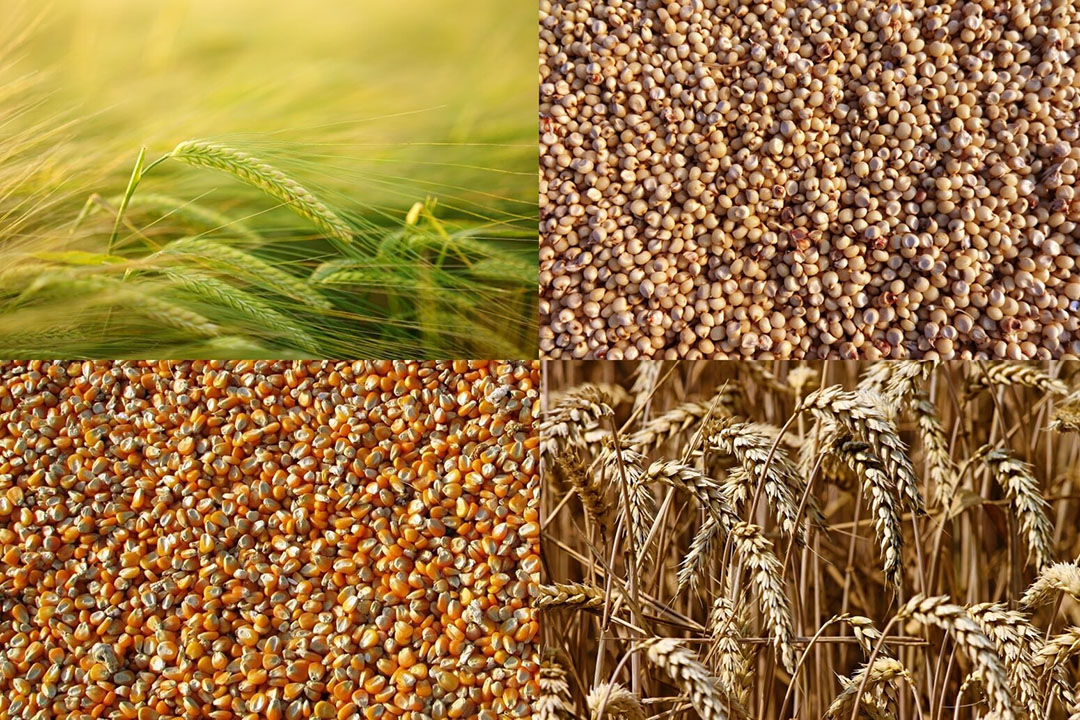Argentina: Wheat harvest up, corn down

Argentina’s wheat production for marketing year 2020/21 is forecast at 20 million tons due to positive prices and a strong interest from farmers.
Meanwhile, the country’s corn production is forecast at 47.6 million tons of which exports will account for 33 million tons with Vietnam being the main destination.
Wheat
Production is estimated at 19.3 million tons for marketing year (MY) 2019/20. This year, due to positive global prices, farmers have a strong interest in wheat production and are expected to utilise good technology and high levels of inputs. It is projected that for MY 2020/21, production will be 20 million tons harvested from a total wheat area of 6.35 million hectares.
Wheat exports for MY 2019/20 are forecast at 13.1 million tons, with Brazil as its primary destination. For MY 2020/21, wheat exports are forecast at 13.4 million tons, and destinations are likely to remain consistent with historical trends, with Brazil accounting for roughly 6 million tons. South American markets include Chile, Peru and Ecuador. Exports to Southeast Asia will see significant volumes shipped to Indonesia, Vietnam, Bangladesh, Thailand and Malaysia, while large volumes of wheat are also expected to flow to north African countries.
 Futures market
Futures market
Overview of futures prices for: corn, wheat and soybean
Corn
Despite corn having the best projected profitability among summer crop alternatives (including soybeans and sunflower) in farms near ports or feeding plants, it is projected the MY 2020/21 corn crop will trend down to 47.6 million tons.
Exports in MY 2020/21 are projected at 33 million tons. Vietnam is expected to be the number one destination with 20-25% of total corn exports, followed by other Southeast Asian markets as well as destinations in Africa.
Domestic consumption for MY 2020/21 is forecast at 14.2 million tons. Corn domestic consumption in MY 2019/20 is expected at 13.8 million tons, which is the same volume as the previous year. Early in the year it was expected that the Covid-19 pandemic would have a negative impact on the sector in general. However, beef, dairy and poultry production will finish 2020 with positive numbers while pork, eggs and bioethanol production are expected to suffer.
 Uncertain grain market due to Covid-19
Uncertain grain market due to Covid-19
It is not easy to be a grain merchant in the current corona crisis
Barley
Production in MY 2020/21 is forecast at 3.5 million tons. A weakening global demand for feed and malting barley, higher returns for wheat and rainy conditions during planting contribute to the lower production.
Barley exports in MY 2020/21 are forecast at 2.4 million tons. Roughly half of the volume will be malting barley with the remaining balance in feed barley. Local traders believe that, due to China’s punitive tariffs on Australian barley, Argentina will increase exports of intermediate quality barley to China and reduce its exports of feed barley to Saudi Arabia, which could increase sourcing from Australia. The use of feed barley for domestic demand is forecast to remain on the low side as corn prices are not as high as barley prices. Ending stocks for MY 2020/21 are forecast at 411,000 tons.
![]() Global feed industry case studies
Global feed industry case studies
Taking a deeper look into animal feed production worldwide
Sorghum
Argentine exports of sorghum for MY 2020/21 are forecast at 500,000 tons, triggered by recent interest from China seeking to diversify sources.
Sorghum exports for MY 2019/20 are forecast at 600,000 tons. Argentine sorghum exports are primarily shipped to China and Japan. Larger than expected exports will reduce supplies for local feed use.
This article is based on a USDA GAIN report prepared by Kenneth Joseph.












